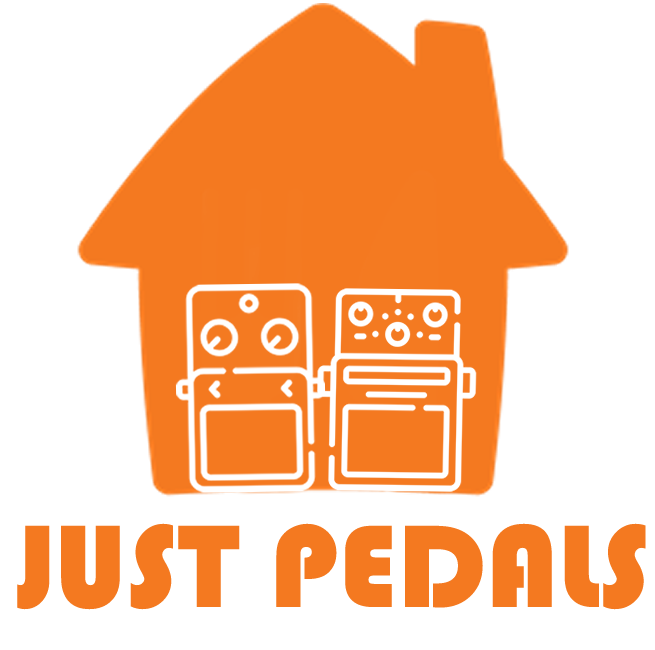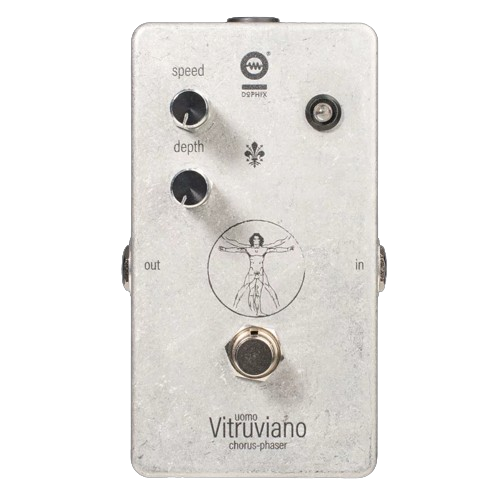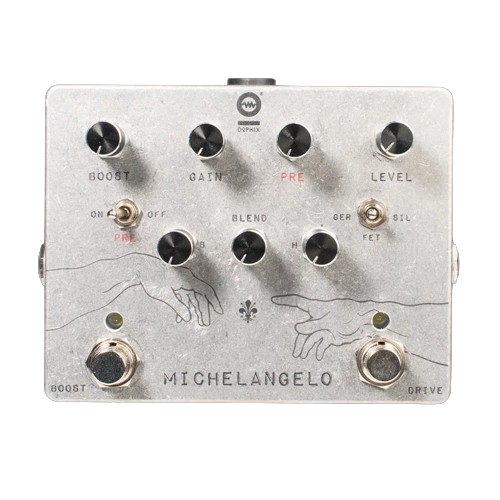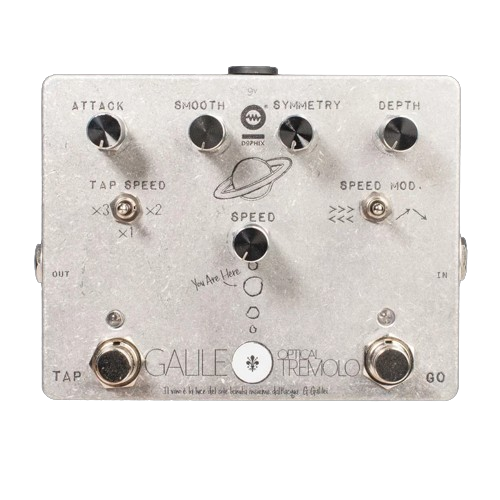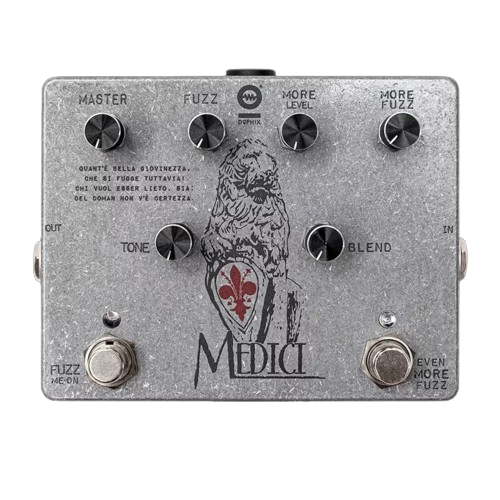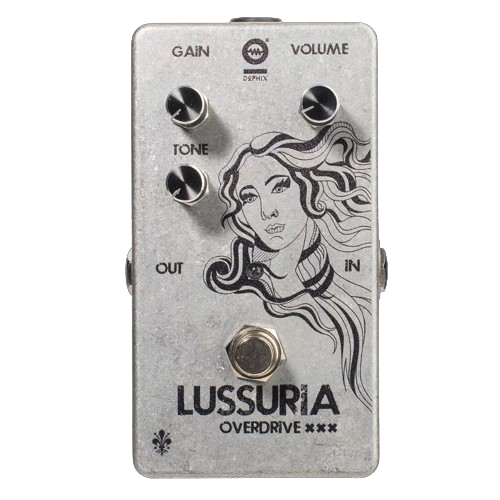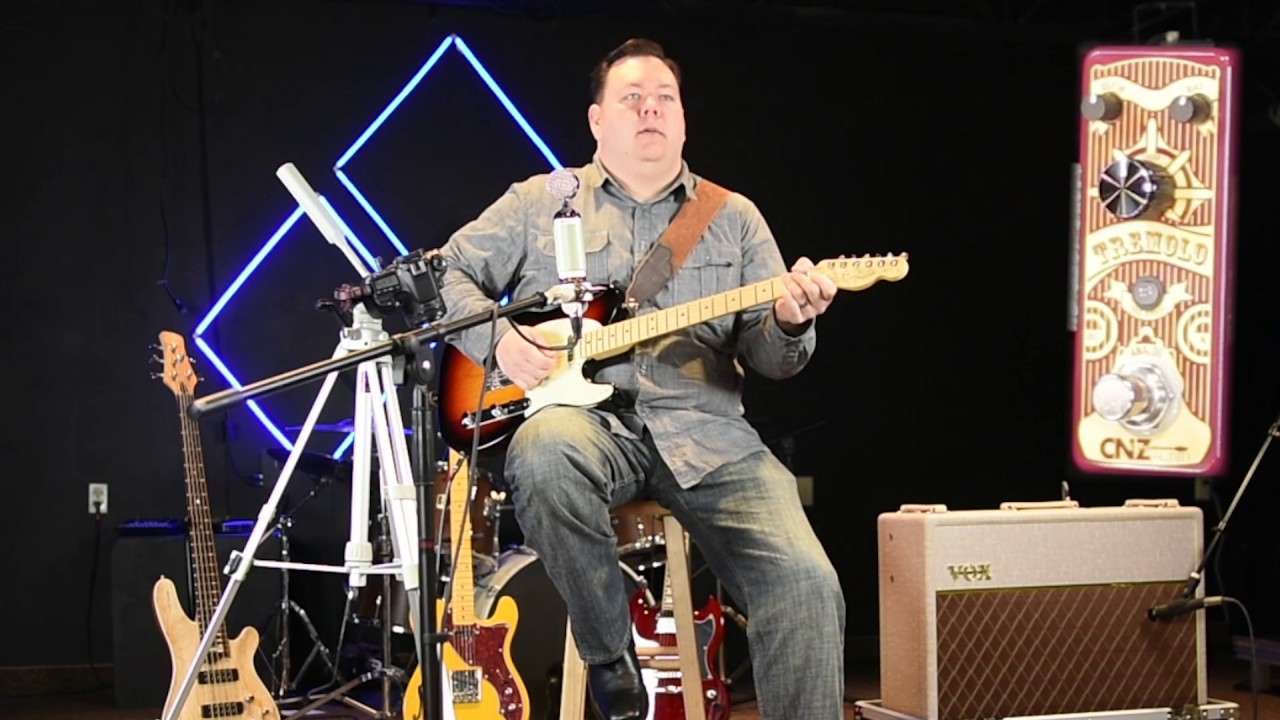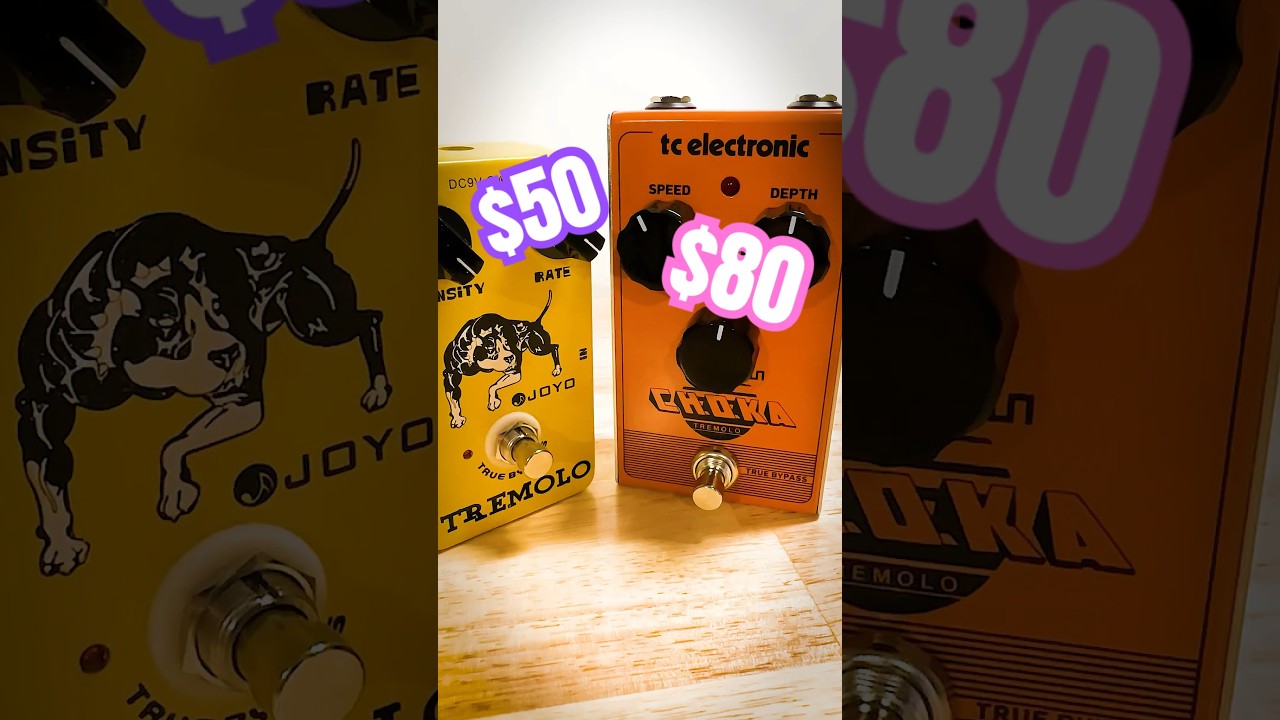Description
The Dophix FX Uomo Vitruvinao Chorus Phaser Pedal is currently retailing at £119 and it is in stock. Available to be delivered to you by post direct (some charge may apply).The team at Just Pedals think that Dophix nailed it with the Dophix FX Uomo Vitruvinao Chorus Phaser Pedal. Dophix FX Uomo Vitruvinao Chorus Phaser Pedal
We have new and used Dophix musical equipment available on our website for fast direct delivery from sellers across the UK & Europe.
Dophix is an Italian boutique pedal brand known for its handcrafted, high-quality effects. Based in Florence, the company combines traditional craftsmanship with modern innovation to create pedals that deliver rich, organic tones. Dophix pedals, such as the Michelangelo overdrive and Dante distortion, are inspired by Italian art and culture, both in design and sound. With a focus on premium components and meticulous attention to detail, Dophix has gained a reputation for producing dynamic, expressive effects that appeal to discerning guitarists.
Just Pedals is a new Guitar Effect Pedals Marketplace – We feature new and used Guitar Effect pedals from different sellers, to purchase online from the UK.
We checked and good news we have it in stock, it has your name on it.
Order today and we will have it with you in a jiffy !
A pedal is an electronic device that alters the sound of an electric guitar by applying various effects. Pedals are typically connected in a series between the guitar and amplifier, allowing guitarists to switch effects on and off with their feet while playing.
This enables musicians to quickly and easily change their sound, adding versatility and creativity to their performances.
Pedals are essential tools in many musical genres, including rock, blues, jazz, and metal, allowing artists to craft distinctive and dynamic soundscapes.
Once you buy one, you can’t stop and then you have to sell them and buy more.
A phaser is a type of guitar effect that creates a sweeping, whooshing sound by shifting the phase of an audio signal. It works by splitting the signal into two paths, then combining them again with a slight delay. The resulting effect modulates the frequencies of the sound, creating a series of notches and peaks in the frequency spectrum, giving it that distinctive “jet plane” or “spacey” sound.
Phasers are typically used for adding movement and depth to guitar or bass sounds, creating an ethereal or psychedelic vibe. They can range from subtle, sweeping sounds to intense, rhythmic pulses, making them a versatile addition to any effects chain. Many phasers have controls for rate, depth, and feedback, allowing players to adjust the intensity and speed of the effect.
Popular models like the Electro-Harmonix Electric Mistress, MXR Phase 90, and Boss PH-3 are renowned for their classic phaser sounds.
Just the latest videos
Just related products
Auto Amazon Links: No products found.
